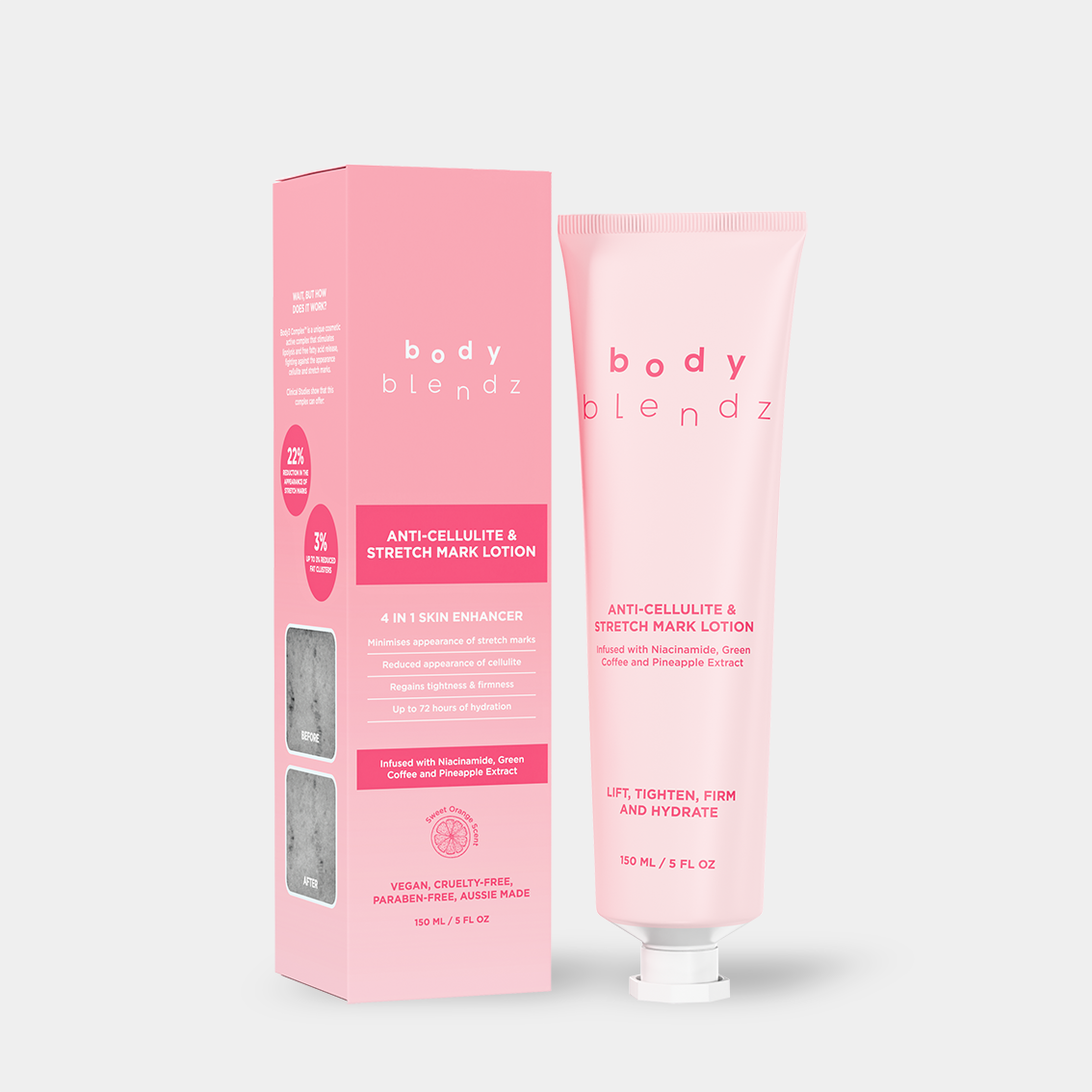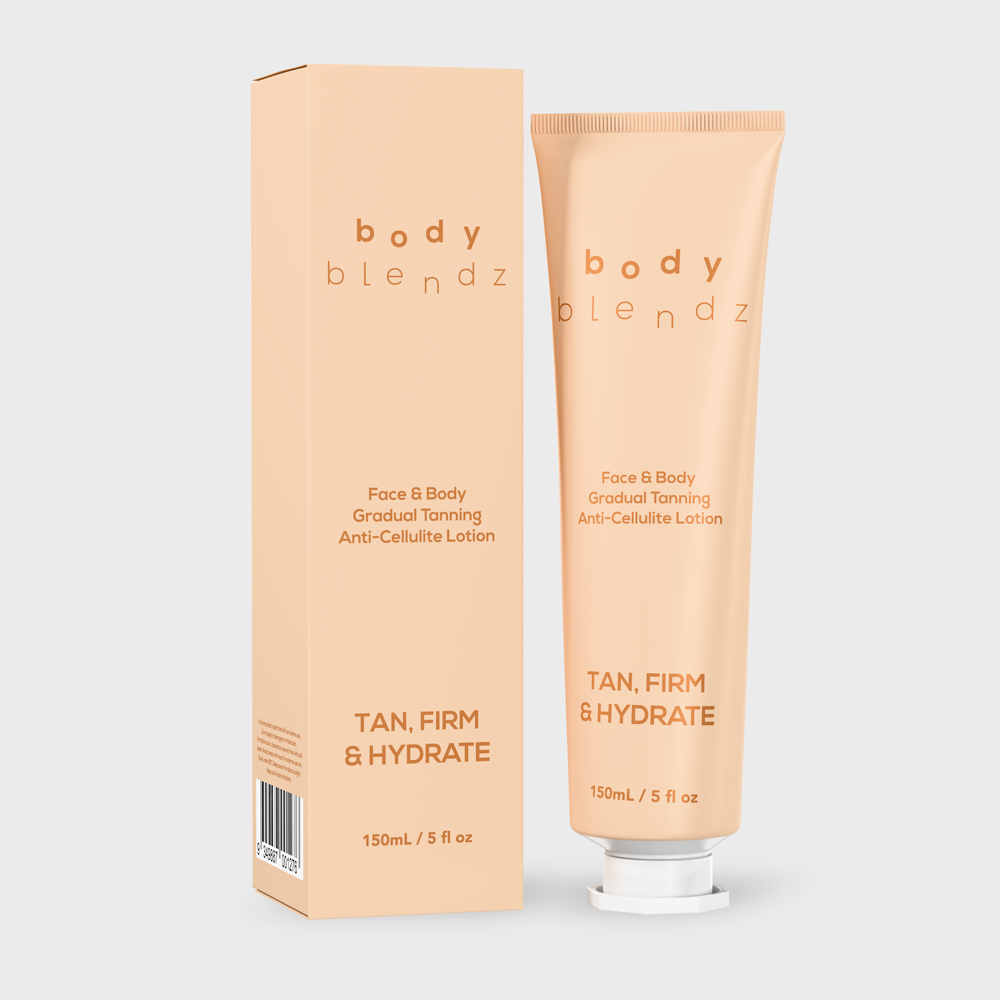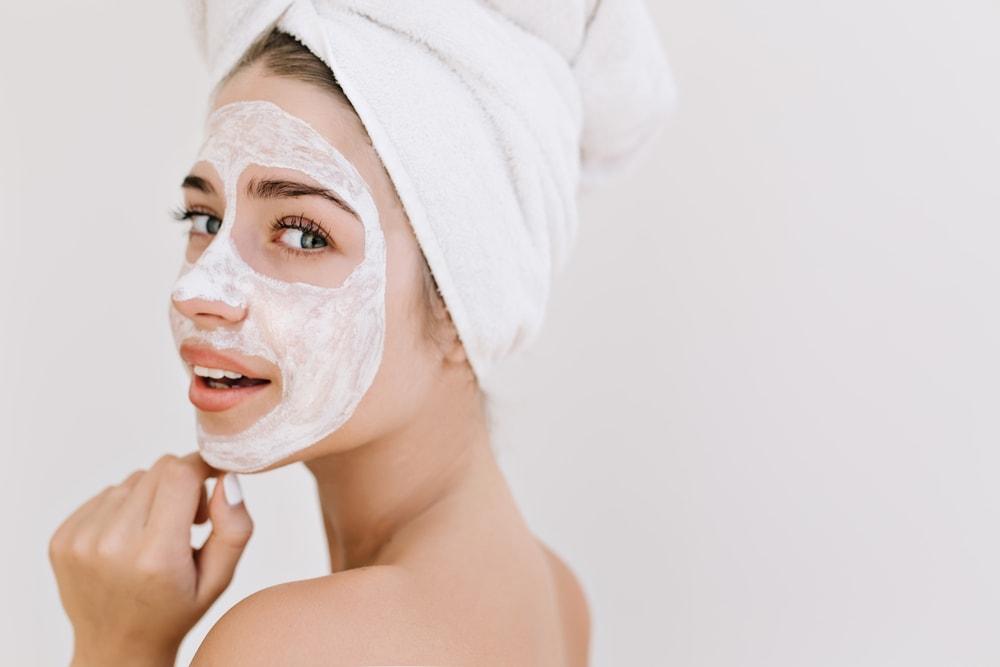Dealing with Stretch Marks Due to Pregnancy

Are you pregnant and already fear living with the nightmare of having tiger claw stretch marks all over your body? Has every woman around you offered unsolicited horror stories of how stretch marks invaded their lives? Or perhaps you’re fervently praying that you’re lucky enough that the stretch mark won’t make an appearance on your belly at all.
As miraculous and magical as pregnancy can be, most women won’t celebrate its cosmetic appeal. Bloated body and face, skin discoloration, hair loss, varicose veins, rashes are some the dreaded pregnancy tells but none is abhorred more than the seemingly crawling tendrils of stretch marks all throughout the body.
In this article, we’ll look at stretch marks and how they develop throughout pregnancy. We’ll find out what causes stretch marks and who will likely have them. We’ll also explore prevention and possible treatments available. So, don’t throw away your bikinis just yet.
Causes of Stretch Marks in Pregnancy
Stretch marks or striae gravidarum is the result of excessive stretching of the skin at a faster rate than the skin can accommodate. As the baby develops and grows, naturally, your belly expands with him or her. And while the skin is elastic, during pregnancy or any time major weight gain occurs, the skin has to stretch and expand fast. When the skin is stressed this way, faster than the skin can stand, stretch marks appear.
As a result, the dermis, the middle layer of the skin, tears. When the skin is stretched too quickly, the production of collagen is disrupted. Collagen is the protein responsible for the skin’s strength and elasticity. If the skin is stretched far too quickly, it can mess with the production of collagen.
Aside from weight gain and rapidly stretching skin, other factors that may cause stretch marks during pregnancy are as follows:
• Excess amniotic fluid
• The baby’s weight
• The skin’s condition prior to pregnancy
• Stretch marks history (personal or familial)
Who Will Likely Get Stretch Marks?
Majority of women will get stretch marks during pregnancy. But many won’t. The guessing and waiting game to see if you belong to the former or the latter group is tough, and even excruciating to some.
Did any woman in your family get stretch marks while pregnant? If the majority of them did, chances are, you’ll get them too.
Genetic predisposition is only one of the risk factors for developing stretch marks.
The size of the baby, the amount of excess fluid, the amount of weight gain, diet and nutrition during pregnancy, and even the number of babies in the belly, can determine the possibility of acquiring the dreaded stripes.
The Three Stages of Stretch Marks
Women notice the appearance of stretch marks mostly on their abdomen during pregnancy. But it is not uncommon to find them on the buttocks, back, hips and breasts. They can appear all-over the body, in particular, in areas where ample amounts of fats are present.
Stretch marks become visible around the third trimester of pregnancy, although some women will notice them as soon as their abdomen starts showing.
Below are the three stages of stretch mark development:
Stage 1: Depending on the skin tone, stretch marks first appear in a pinkish color. The area around this pink skin distortion may seem flat and thin.
Stage 2: The stretch marks gradually expand in width and begin to lengthen. They are now purple or red in color, depending on the natural skin tone.
Stage 3: The stretch marks have reached the zenith of their development and now begins to fade. It would be months after the pregnancy when the stretch mark turns white or silver in color.

Skin Care Tips to Prevent Pregnancy Stretch Marks
Here are some tips and practices mothers-to-be have been doing to prevent and reduce the appearance of stretch marks during pregnancy.
Vitamin A, C and E in your diet will effectively aid in the formation of cartilage and collagen.
Zinc deficiency will hinder the body’s ability to create sufficient amount of antioxidants and collagen. Zinc-rich foods are chicken and eggs, nuts, legumes.
Eat foods that are rich in gelatin. The collagen in gelatin helps improve skin’s elasticity. You may include gelatin in your diet to prevent the marks. improve your skin elasticity.
Keep your hydration levels up. During pregnancy, it is important to keep yourself well-hydrated to increase blood volume thus helping to create the baby’s water sack. For your skin, dehydration will dry your skin and can hinder any skin healing. A rapidly stretching skin needs all the help it can.
Cocoa and shea butter will help hydrate the skin and lock in the moisture longer. Shea butter and cocoa assists the skin’s renewal process, and helps to prevent damage to the skin.
Add a weekly or bi-weekly body scrub to your body skin care routine. Exfoliation with natural abrasives such as coffee grounds or sugar granules are the best ingredients to use. They remove dull, dead skin without tearing the surface skin.
Coffee body scrubs help to improve the blood circulation, assist in stimulating cell activity that produce collagen and reduce activity of adipocytes, the fat cells. There are conflicting studies on the effects of coffee during pregnancy. Generally, 200g a day of caffeine is considered safe. You will be using way less than that for a skin scrub, and only twice a week.
Sugar granules is a good alternative to plastic micro-bead body scrubs. Sugar exfoliates without damage to the skin and the environment. Sugar contains natural humectants, the things that draw moisture from the surrounding and keeping that gained moisture in the skin.
After exfoliation, massage affected or potential areas with various natural oils such as: extra virgin olive oil, coconut oil, almond oil. Massaging will improve circulation and deliver nutrients to the surface and the deeper layers of the skin. Coconut oil is especially rich in saturated fatty acids which can moisturise dry skin and heal damaged skin.

The Long and Short of It...
While stretch marks are not a threat you, the mother and to your baby’s health, the possible discomfort and itching that stretch marks cause, not to mention the unsightly, uneven appearance of the skin can cause distress to you and pregnant women everywhere.
Taking care of your skin and watching your weight are wonderful pre-natal skin care choices. Awareness of your pre-natal diet and nutrition can help you and your baby healthy. A slow, healthy weight gain is best for your changing body than an extreme and rapid one.
Even then, all the above may not keep the stretch marks at bay. If your skin is not elastic enough, and your skin cannot heal fast enough in contrast to the rapid expanding and stretching of the skin, you’ll probably be nursing stretch marks along with your newborn baby.
There are several non-invasive treatments available such as laser or skin needling. There’s are surgical options too. Your dermatologists will be your best friend if these the avenues you want to take.
However, with time, along with proper skin care and nutrition, stretch marks do fade into thin stripes that blend into the surrounding skin.
![]()
Watermelon Mitt |
Twosome BB Mask |












